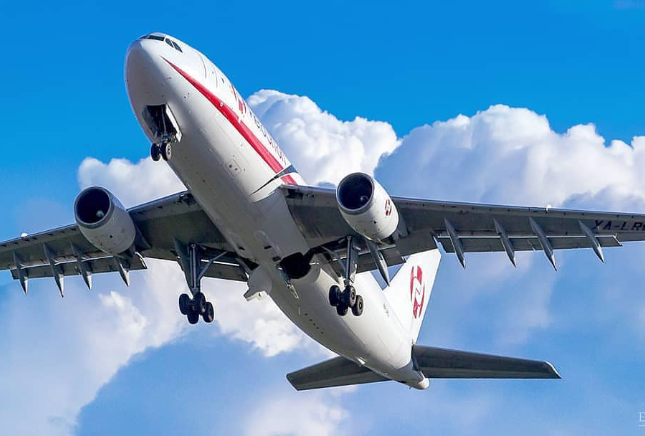Airbus A300/A310 aircraft: Profitable branch-line complete aircraft Due to their flexibility of short-, medium-range and long-haul route services, A310 and A300-600 constitute Airbus's very famous wide-body sister series, which operate in terms of commonality, economy and reliability. It provides an unparalleled perfect combination. Among aircraft of the same class, the A300 and A310 have the widest cross-section of the fuselage (5.64 meters/222 inches), ensuring that all first-class and business travelers get the preferred window or aisle seats. At the same time, the comfortable row of 8-seat economy layout provides more than any other competition. Compete for a larger space, and each passenger will not exceed one seat. Unlike other active aircraft of the same class, the A300 and A310 are also highly praised for their quiet passenger ships, high fuel economy (environmentally friendly) and the ability to carry industry-standard LD3 containers side by side.
Airbus A300 is a medium and short-range wide-body passenger aircraft designed and produced by Airbus Industries in Europe. A300 is the world's first twin-engine wide-body passenger aircraft and the first airliner aircraft put into production by Airbus.
The A300 was put into production in 1972 and discontinued in July 2007. A total of 561 racks were produced. The A300 aircraft adopts technologies that many of its competitors do not have. These technologies improve the reliability of aircraft, reduce operating costs, and pave the way for dual-engine extended flight (ETOPS). The production of the A300 later prompted Boeing to develop the Boeing 767. The fuselage of the A300 was later shortened (Airbus A310) or modified for special purposes.
Aircraft type (such as A300-600ST "White Whale"). A total of 821 units have been ordered or delivered in the whole series. With the success of A300, Airbus developed the A310 based on the A300. A330 and A340, etc.
.

